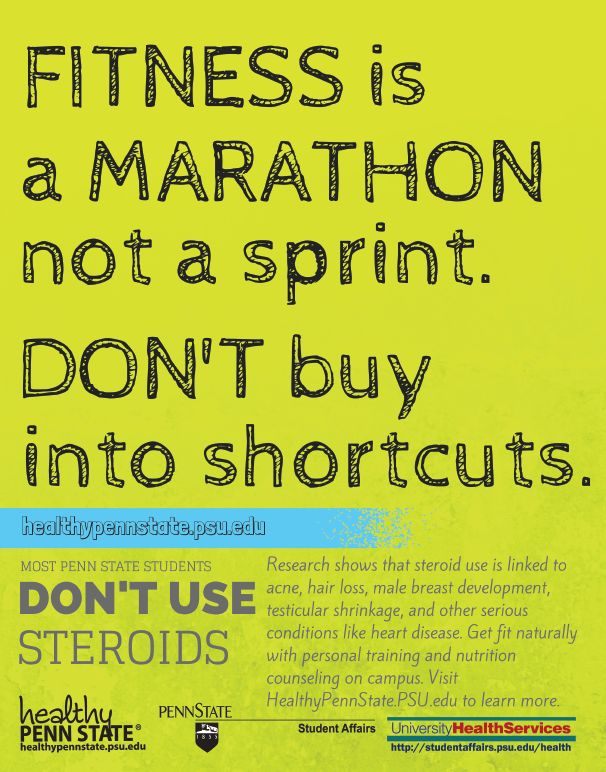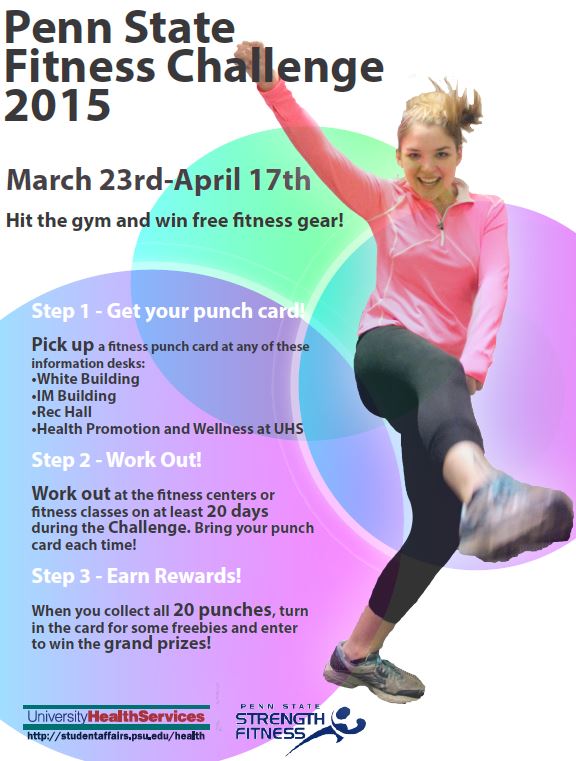 Lance Armstrong. Marion Jones. A-Rod. Almost everyone has seen headlines exposing famous athletes caught in illegal steroid abuse scandals. While less commonly discussed, steroid abuse is also a concern for the “regular Joes” of the population.
Lance Armstrong. Marion Jones. A-Rod. Almost everyone has seen headlines exposing famous athletes caught in illegal steroid abuse scandals. While less commonly discussed, steroid abuse is also a concern for the “regular Joes” of the population.
Steroids (full name anabolic androgenic steroids) are substances that mimic testosterone. They are used medically for their ability to stimulate the development of muscle tissue and male sexual characteristics.1 Some individuals abuse these substances, using them not for medical purposes, but to quickly increase muscle mass. Luckily, steroid abuse appears to be relatively uncommon—research estimates that 3-4% of men abuse steroids at some point in their lives. However, the prevalence of steroid abuse is estimated to be higher among regular gym-goers.2
Individuals who use steroids without a prescription and those considering it should be aware of the negative consequences of steroid abuse. The Drug Enforcement Agency classifies steroids as a Schedule III controlled substance; the penalty for possessing steroids without a prescription is a minimum $1,000 fine and maximum of one year in prison for first drug offenses. Additionally, steroid abuse has been linked to many negative health consequences. Short term effects can include acne, baldness, breast development in males, and shrinking of the testicles. Long term effects can include infertility, heart problems, and liver cancer.1
Gains in fitness don’t happen overnight— getting in shape requires patience and dedication. If good old fashioned hard work and sweat alone aren’t cutting it, here are three resources that Penn State University Park offers to help students get fit naturally:
1. Fitness Center Orientations- Learn what the Rec Hall, Intramural, and White Building Fitness Centers have to offer with a free Fitness Center Orientation! Whether you just need a lay-of-the-land or want to learn how to use equipment, fitness center members can sign up for one free session per facility. See a fitness training or desk attendant for details.
2. Personal Training- Stay motivated and reach your fitness goals with a personalized exercise program designed by Campus Recreation’s qualified Personal Trainers. Single sessions, as well as 5 and 10-session packages are available. An initial fitness assessment is included in 5 and 10-session packages. Each session is 60 minutes one-on-one with your personal trainer. You must have a fitness center membership or purchase a day pass in order to use training sessions. Sign up at the Rec Hall, White Building, or IM Fitness Centers. Contact Erin Raupers at eeg5005@psu.edu with questions.
- 1 session: $25 (Student), $33 (Faculty/Staff)
- 5 sessions: $112.50 (Student), $150 (Faculty/Staff)
- 10 sessions: $200 (Student), $280 (Faculty/Staff)
3. Nutrition Counseling- Healthy eating and exercise go hand-in-hand, and individual nutrition counseling at UHS can help. You’ll meet one-on-one with a registered dietitian who will tailor your diet to meet your personal health needs. Make an appointment on the UHS website or by calling 814-863-0461. Costs vary by insurances.
Sources:
- National Institute on Drug Abuse, 2006
- Rahnema et al., 2014




